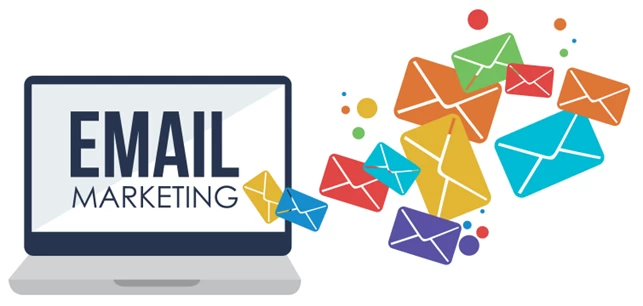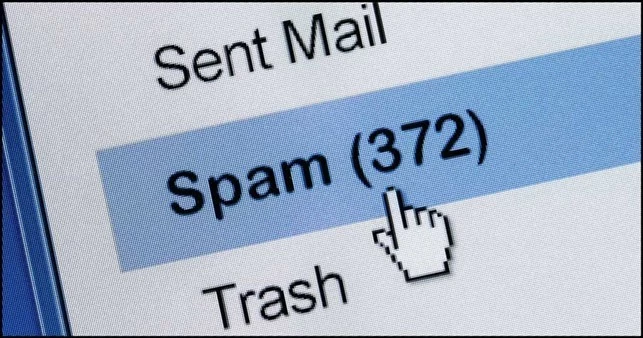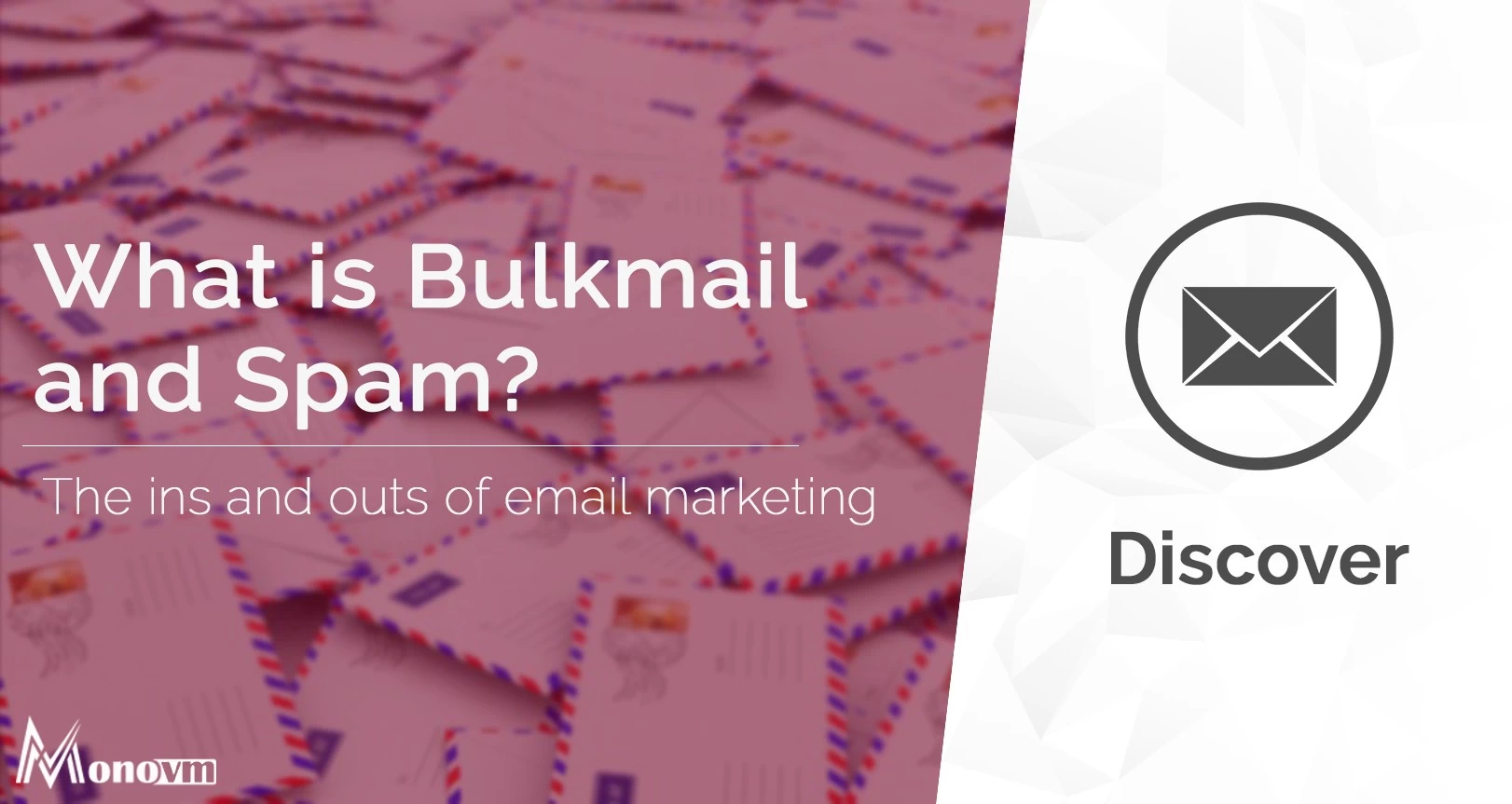List of content you will read in this article:
So, you want to promote your business via email? It is a more difficult task than expected and in most cases, absolutely impossible to do manually. Sending thousands or tens of thousands of messages to even just a couple of email addresses would be draining due to the amount of time and effort required. Moreover, the cost of running such a campaign would not be sustainable for any business. Using a bulk email service is cheaper, faster, and much more convenient.
What is Bulkmail?

A bulk email service is a company that allows its customers to send mass email messages to multiple lists of recipients at a specified time. With this service, you can send a single message to thousands of people on a mailing list or a personalized email to each address on a list.
A good bulk email service can send emails to a list of just about any size. Most of these providers price their offerings based on the number and frequency of the emails one wants to send.
Why Use a Bulkmail Service?
As mentioned before, it is simply impossible to manually write the number of emails that a bulkmail service can send out in seconds. It is also very easy to keep track of your mailing lists as well as see the performance statistics of your campaign. Any bulk emailing service worth their dollar will offer plenty of information on how many emails were delivered, how many bounced, how many were opened, and much more.
When executing an email marketing campaign, you want to get as much information as possible about the results, however, there are some things that can stagnate its performance or render it completely futile. A bulk email service also helps marketers and online entrepreneurs avoid the following:
- Getting labeled as spam or junk by the subscriber’s email client.
- Refusal of service by an Internet Service Provider or hosting company.
- Getting flagged by the Federal Trade Commission for breaking the CAN-SPAM Act and possibly paying a hefty fine.
What is Spam?
Spam is any kind of unwanted, unsolicited digital communication, often an email, that gets sent out in bulk. Spam is a huge waste of time and resources. As most people do not even bother to open their spam folder or have it set to auto-delete spam emails.
Spam is also a punishable offense by the US government under the CAN-SPAM (i.e., Controlling the Assault of Non-Solicited Pornography and Marketing) act and can lead to fines of up to $16,000 for each spam email if you are under said jurisdiction.
How to Send Bulkmail Without Going to Spam?

The easiest and most convenient solution to avoid ending up in the spam folder is to use a professional bulk email service. It will take care of all technical issues while the user concentrates on carrying out promotions and increasing brand awareness. However, for those who are handling their email marketing themselves, here are some tips to avoid ending up as spam and potentially getting blacklisted.
Verify the Mailing List
Email verification allows marketers to check their list before sending out a campaign. This could help both avoid wasting resources on promoting to the wrong audience and keep you off that dreaded blacklist.
Avoid Including Suspicious Links or Attachments
We all know that one of the staples of cybersecurity is prevention, which could be as simple as not clicking on links from untrusted sources to protect yourself from a phishing attack. Links play a crucial role in determining the sender's reputation. So, if a link leads to a questionable site, it will most likely be blocked. The same case applies to documents and other attachments.
If an email attachment has a shady title, download links to free hosting services or password-protected archives, etc., the email will be marked as spam. To avoid these issues, do not place any links in the subject line, do not include shortened links, and only use a reputable file hosting service.
Send a Plain-text Email Version as Well
Although plain text email may be useful to only a small fraction of recipients, have it in the email to avoid being flagged by spam filters.
Add a Visible Unsubscribe Link
Not only is it a requirement under the CAN-SPAM act, as well as EU GDPR (i.e., European Union General Data Protection Regulation), but it also allows recipients to unsubscribe from a brand’s emails instead of marking them as spam.
Use a Recognizable Sender Name and Address
A familiar name and email address tell the recipient that you have interacted before, and there is no need to get suspicious, however, do not overdo it with email frequency.
Regardless of whether they are exciting or not, sending promotional or marketing emails every day can be irritating for the subscriber receiving them. Stick to once a week at the maximum, but at least once a month.
Be Mindful of the Emails' Design
Fonts, text style, colors, and images can tell a lot about someone and their business. When creating a bulk email, be careful not to get these aspects wrong. Avoid things like uppercase writing, exclamation marks, too much media (images or videos), spelling mistakes, little text, or wince-worthy language.
Check Your Blacklist Status and Reputation Regularly
There are tools out there that you can use to know whether you are on any email blacklists. Do so to ensure keeping a good reputation and to prevent being put on another one as some email services do share them amongst themselves. If you believe you were mistakenly put onto a blacklist, it is also crucial that you contact the owner with proof and request to be removed as soon as possible.
Make Use of Double Opt-in
Send subscription confirmation emails to new subscribers to verify that they have signed up for the brand’s emails. This process lowers unsubscribes, ensures that the addresses on the mailing list are correct, and eliminates spam complaints.
Perform Regular Cleanup of Your Mailing List
If some subscribers no longer open the emails sent to them, and your reactivation campaign has failed to work, it is time to remove them from the mailing list. For this reason, a regular mailing list clean-up is necessary. Delete these addresses to protect your brand and server reputation.
Make Use of SPF and DKIM Signatures
SPF, an email validation system, allows users to dictate which devices are permitted to send emails with the domain name as registered in DNS. The receiver can verify this information to ascertain the authenticity of an email. Having a DKIM signature is also helpful as it proves that a particular email was sent from an address of a specific domain. With this signature, a brand’s emails are more likely to end up in the recipient’s inbox.
Conclusion
Bulkmailing is a legitimate marketing strategy used by many online businesses to deliver special offers and news to loyal customers, while spamming is generally very looked down upon and is considered a crime in many jurisdictions. However, the line between the two is quite thin and very easy to accidentally cross. We hope that today’s article helped you avoid crossing that line and saved you plenty of possible losses in fines.

I'm fascinated by the IT world and how the 1's and 0's work. While I venture into the world of Technology, I try to share what I know in the simplest way with you. Not a fan of coffee, a travel addict, and a self-accredited 'master chef'.